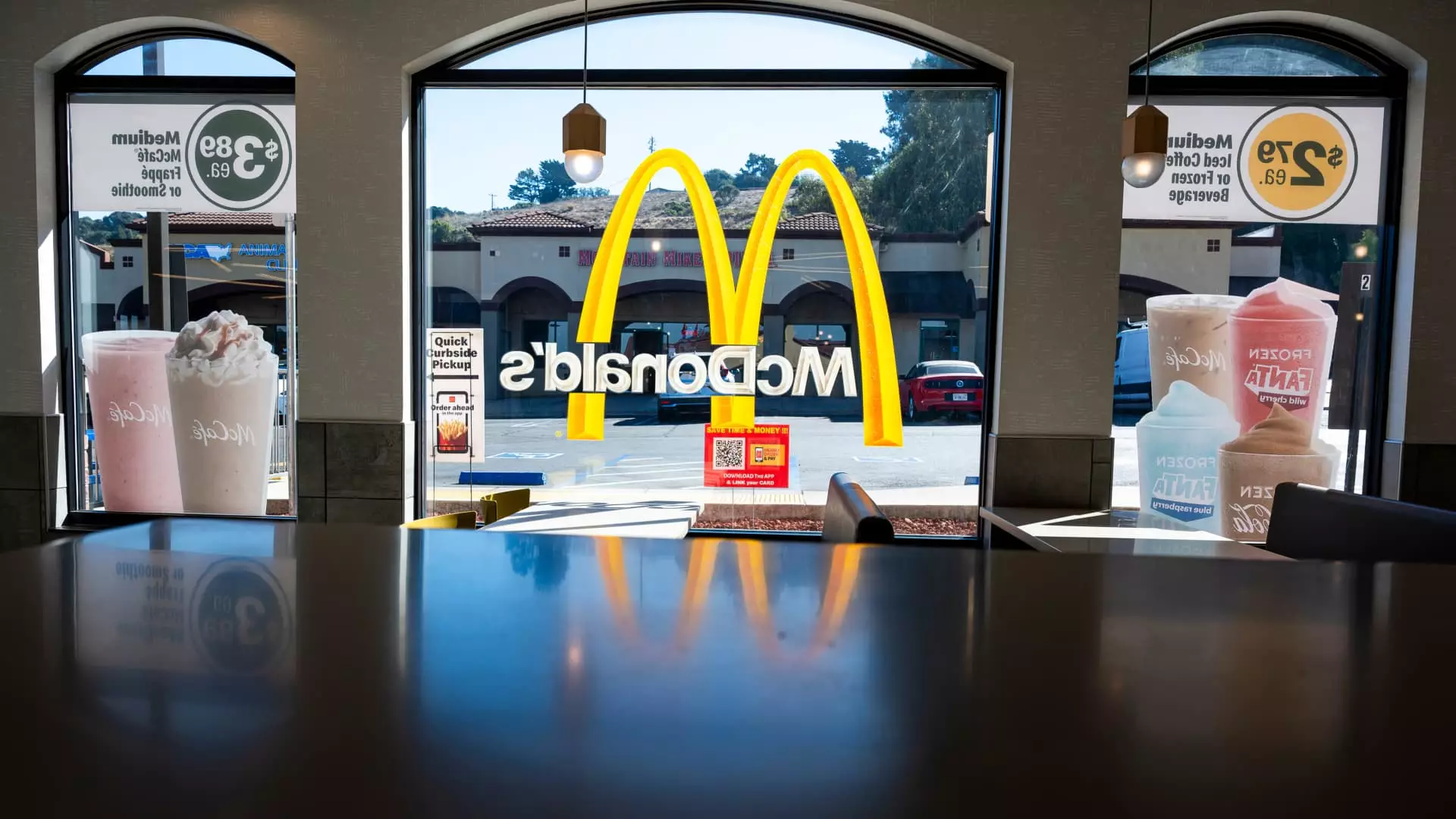As we approach the end of 2024, the restaurant industry finds itself at a crucial crossroads. The past year has been incredibly demanding for many establishments, leading to an unprecedented rise in bankruptcy filings—over 50% more than in the previous year. At a recent Restaurant Finance and Development Conference in Las Vegas, industry leaders expressed a collective yearning for 2025, hopeful for a brighter future. Kate Jaspon, the CFO of Inspire Brands, which owns Dunkin’, encapsulated this sentiment by stating, “I’m ready for ’24 to be behind us, and I think ’25 is going to be a great year.” This sentiment reflects the cautious optimism that is beginning to take root, despite the numerous challenges faced.
A closer examination of recent statistics underscores the fragility of the restaurant landscape. Data from Black Box Intelligence reveals that year-over-year traffic to established restaurants has dwindled every month this year through September. This decline resonates not just within small or independent eateries but extends to prominent chains like McDonald’s and Starbucks, which have struggled to maintain same-store sales. However, amidst this bleak backdrop, there appears to be a glimmer of hope for recovery as sales figures show some improvement from summer lows, with fast-food restaurants witnessing a 2.8% increase in traffic in October. This rebound, albeit modest, hints at the possibility that consumers are gradually returning to dining out.
The shifting landscape is bolstered by another significant factor: the recent decrease in interest rates. Following a period of high borrowing costs, the Federal Reserve has initiated rate cuts, providing restaurants with a much-needed opportunity for expansion. Lower finance costs facilitate not just the opening of new locations but also foster greater confidence among consumers. Katie Fogertey, CFO of Shake Shack, noted that dropping rates could spur consumer spending. Even if the correlation between credit affordability and the price of a burger seems tenuous, the psychological impact is undeniable—an easier credit environment can foster increased consumer confidence, driving foot traffic and, in turn, sales.
In the realm of business expansions and financial strategizing, the restaurant sector is eyeing the possibility of initial public offerings (IPOs) as varying valuations show signs of recovery. Damon Chandik, managing director at Piper Sandler, shed light on the potential emergence of new IPOs within the restaurant industry, noting the heightened scrutiny required due to ongoing traffic pressure. Since Cava’s successful public offering in June 2023, the IPO market remains stagnant; however, as optimism builds, some restaurant firms might soon take the plunge into public markets, revitalizing an industry hungry for investment and growth.
Despite budding optimism, there remain significant concerns. Michelle Hook, CFO at Portillo’s, pointed out the persistent headwinds that could linger into 2025. The fast-casual chain has reported declines in same-store sales over the past three quarters, a troubling indicator for any business aiming for sustained growth. Moreover, the pressure of a competitive landscape demanding value offerings—evidenced by McDonald’s strategic expansion of its value menu—places additional constraints on profitability. As chains compete aggressively for a limited customer base, the specter of discount wars looms threateningly over the industry.
Though a recession seems distant on the horizon, the road to full recovery may be longer than anticipated. Many consumers have undergone a prolonged period of adjusting to higher costs, which might delay their return to pre-pandemic spending habits. For some establishments reliant on promotional pricing to attract diners, the threat of operational collapse lingers close. Consequently, while some experts maintain optimism about the restaurant industry’s potential for a turnaround in 2025, a judicious approach to growth and financial stability remains essential.
The restaurant industry stands at a pivotal moment, grappling with the remnants of a challenging year while cautiously eyeing opportunities for recovery. As restaurants adapt and evolve, balancing cost with value, and navigating the shifting economic landscape, 2025 may indeed serve as a defining year of revitalization or, conversely, a continuation of the trials faced in 2024. The resilience of this sector will ultimately depend on its ability to innovate and respond to the changing preferences of the modern consumer.

